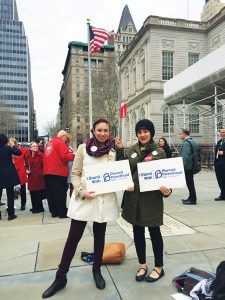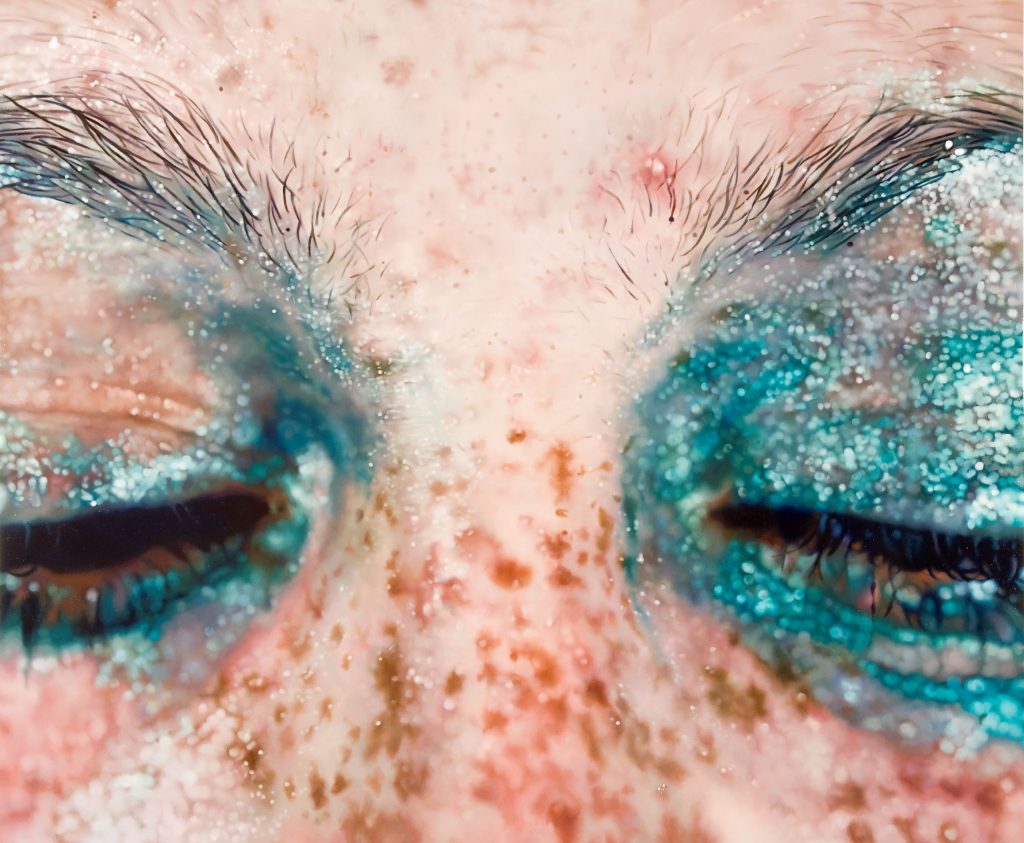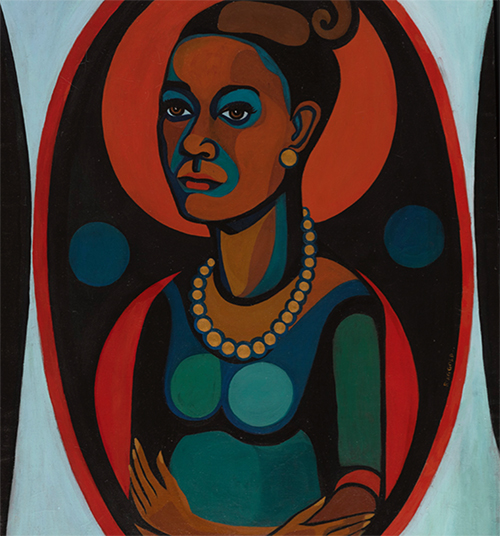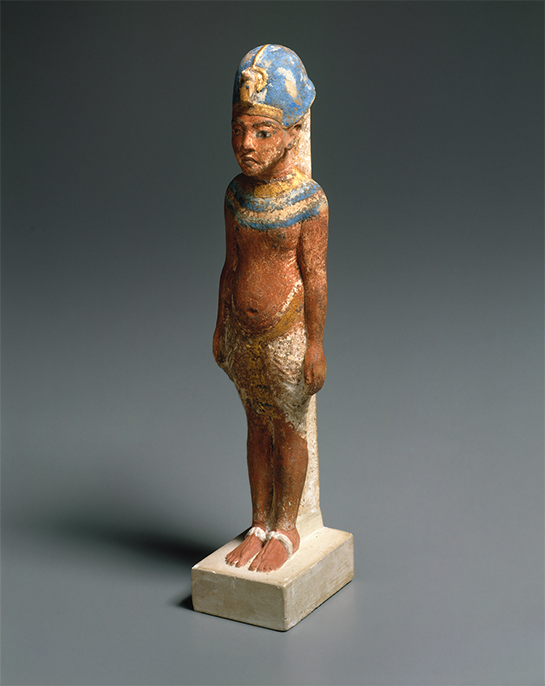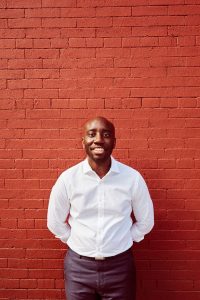
While the worst of the pandemic is arguably behind us and the long road to economic recovery lies ahead, recent weeks have brought on new challenges and calls for immediate systemic and structural change. Tens of thousands of New Yorkers have taken to the streets each day to protest police brutality, lack of law enforcement accountability, and the fundamental discriminatory and racist systems that have targeted and hindered Black communities.
Now that the pandemic-disrupted Primary Election is only a day away, some New Yorkers are turning to new faces to create the structural change desperately needed in our country. For those living in Central Brooklyn’s Ninth District, promising change is tied to the campaign of community organizer and Democratic Candidate for the United States Congress, Adem Bunkeddeko. In 2018, Bunkeddeko narrowly lost the Democratic primary to seven-term incumbent, Rep. Yvette Clarke. Now, he is back in the race, centering his grassroots, people-powered campaign on bringing housing security and economic opportunity to the Ninth Congressional District.
“We started from zero and had many hurdles,” said Bunkeddeko. “Now we have grassroots energy leading our campaign. This is the type of energy and support that is needed to bring about change in Brooklyn and in Washington.”
Bunkeddeko, 32, has spent his entire career helping vulnerable New Yorkers attain economic autonomy. A modest upbringing has helped him connect to Brooklyn’s immigrant communities, particularly those living in Crown Heights and Flatbush. Bunkeddeko’s parents, Ugandan war refugees who fled during the civil war, resettled in Queens and raised their New York City-born children in a one-bedroom apartment. His father, who came to the US with only $50, spent time in a detention center before seeking asylum through the help of legal aid. Growing up in a working-class, immigrant family, Bunkeddeko was taught to value the principles of Democracy and economic opportunity. He was one of the first in his family to attend college and received a B.A. from Haverford College and an M.B.A. from the Harvard Business School.
“The decision to run for Congress in NY-9 was a natural arch through my experiences with community organizing and public service,” said Bunkeddeko. “My own experience, and the experiences of my parents, are similar to those in our community, particularly in immigrant neighborhoods and in communities of color. There is a hunger and a desire for change that hasn’t been met under the current representatives.”
Bunkeddeko’s career in public service and the nonprofit sector began with the New York Working Families Party, where he worked as a grassroots organizer. He later worked with the Empire State Development Corporation, improving Brooklyn’s underserved communities. Bunkeddeko has previously served on Brooklyn Community Board #8, and recently served as the strategy and innovation officer for the Local Initiatives Support Corporation to bring economic opportunity to residents.
“Roadblocks are happening in government,” said Bunkeddeko, “including roadblocks in Washington. We haven’t seen meaningful, structural change because those in charge are detached.”
Many New Yorkers, living in the state’s metropolitan area, are familiar with the financial difficulties of experiencing a high-rent burden. In some parts of Brooklyn, rent has increased by 20% or more, and some areas have suffered a net loss of 5,000 rent-stabilized apartments. Bunkeddeko’s Housing Plan includes fully funding the New York City Housing Authority (NYCHA), and creating a federal program to help moderate and low-income New Yorkers become homeowners at the lowest possible cost. His national housing initiative would see an investment of federal dollars to build 12 million public housing units throughout the country.
In a published article, Bunkeddeko wrote, “In 2018, housing was my number one issue. Now, two years later, the crisis continues as politicians allow investors to rig the housing market as they shortchange investment in affordable homes.”
Bunkeddeko’s federal school desegregation program, Race to Racial Fairness, redraws school districts away from historically segregated maps and provides federal funding for districts that recruit and accept students and teachers of color. The initiative also replaces law enforcement with mental health professionals and supports alternative post-secondary career pathways.
The killing of George Floyd by Minneapolis police officers has sparked national outrage and has invoked a larger movement to protest the rise in documented police violence towards Black individuals. Bunkeddeko is committed to fighting for equality and justice, specifically in low-income, Black and Brown communities by bringing equity and reform to the systems that are currently in place. He supports the ending of qualified immunity for law enforcement officials who violate the Constitution. Reforms to the NYPD and law enforcement, including the defunding and demilitarizing of police units, are part of Bunkeddeko’s plan to protect and reinvest in marginalized communities.
Bunkeddeko is also committed to reforming the criminal justice system, which disproportionally targets and imprisons low-income individuals of color. Reforming the bail system such that pretrial detention is based upon flight risk instead of wealth, and legalizing marijuana while expunging the records of those who have possession-related convictions, can greatly reduce America’s prison population and bring justice to those who have been disproportionately and unfairly incarcerated.
“I am exhausted and my community is exhausted,” said Bunkeddeko. “People with Black bodies are exhausted. Until the country is exhausted, we won’t see change.”
Recently, Bunkeddeko has taken to the streets of New York City, proudly marching with the Black Lives Matter movement. In early June, he rallied with the Crown Heights Tenant Union and NY Communities for Change to push for legislation that would protect New Yorkers who are housing insecure by halting all evictions while the novel coronavirus persists.
One of Bunkeddeko’s most discussed issues is on creating humane immigration policy to protect refugee and immigrant communities from deportation while reforming employer-sponsored visa systems, broadening legal services available to immigrants, and creating a pathway to citizenship for DACA recipients. In an interview with Errol Louis of NY1’s Inside City Hall, Bunkeddeko said, “We’ve got an administration that is turning its back on not only immigrants but the values that made this country what it is— and why my parents were willing to flee war-torn Uganda to come here.”
The Supreme Court’s ruling to block the Trump administration’s attempt to end DACA came as a surprise and relief to many. The decision to setback one of Trump’s crucial campaign promises, ending the legal protection of nearly 800,000 young immigrants brought to the United States as children, is provisional. While the Obama-era immigration program does not provide a pathway to citizenship, it is a problem Bunkeddeko intends to redress.
“For many people, the ‘American Dream’ has not existed,” said Bunkeddeko. “We live in a hunger-games society, and if we are not going to provide the basics— housing security, education, equal opportunity, and a pathway to citizenship— then people are not going to see the potential for a dream. If we can make lasting changes to these systems through policy, people will be actually able to live out their version of the dream.”
Adem Bunkeddeko has been endorsed by The New York Times, New York Progressive Action Network, Empire State Indivisible, LAMBA Independent Democrats of Brooklyn, Leadership Now Project, and more. For more information on Bunkeddeko’s Congressional campaign, please visit the official website, Adem for Congress.
For voter information regarding the June 23rd Democratic Primary Election, please visit, New York State Board of Elections.

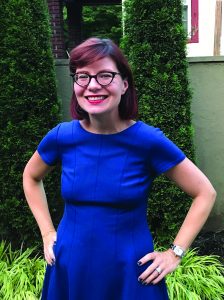
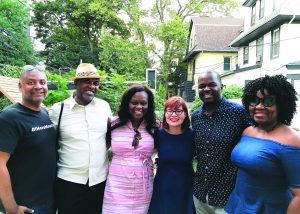
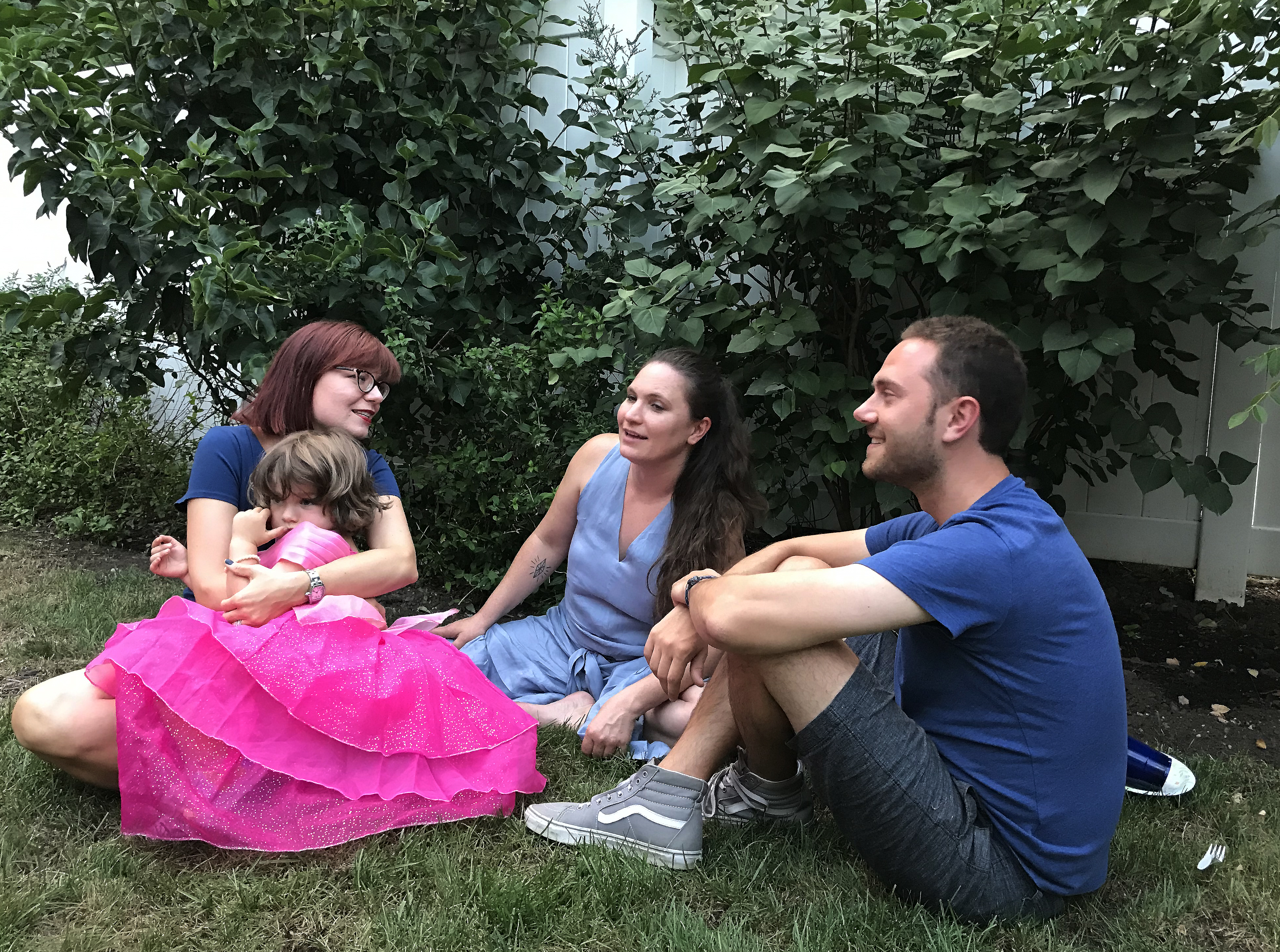
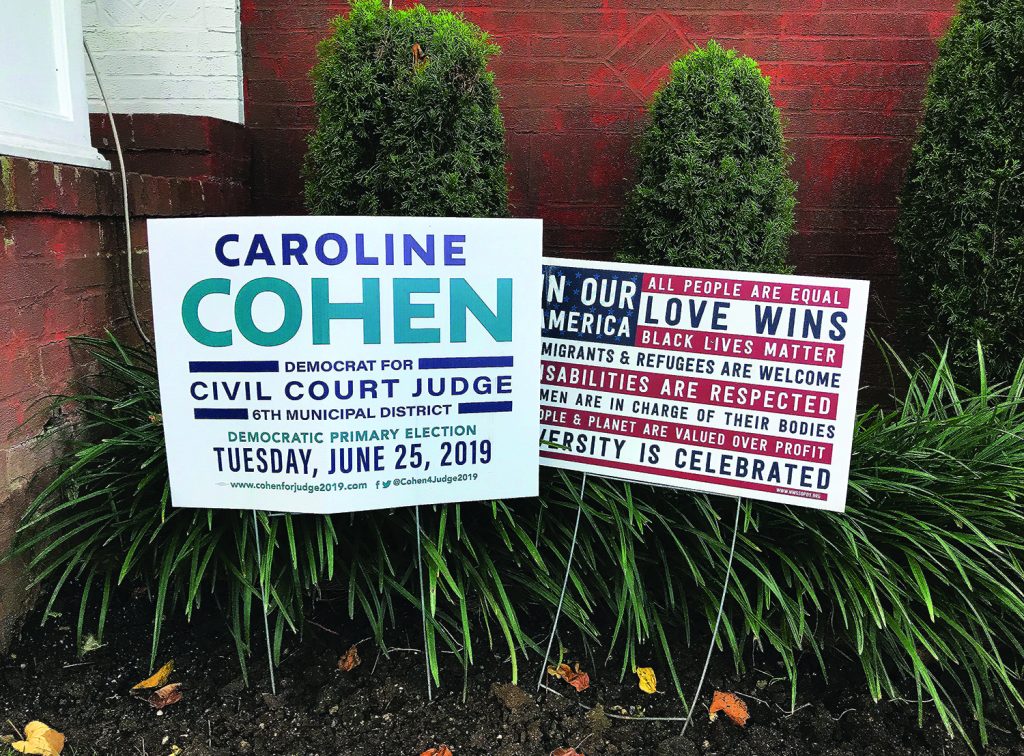
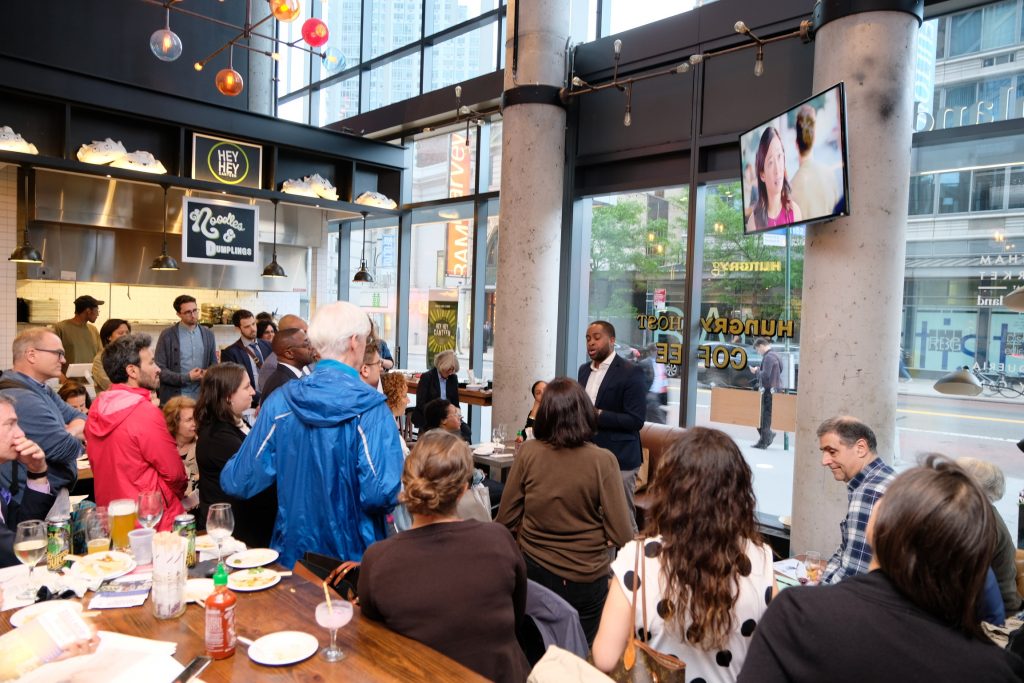
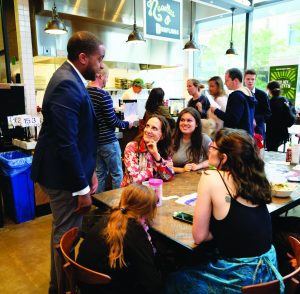
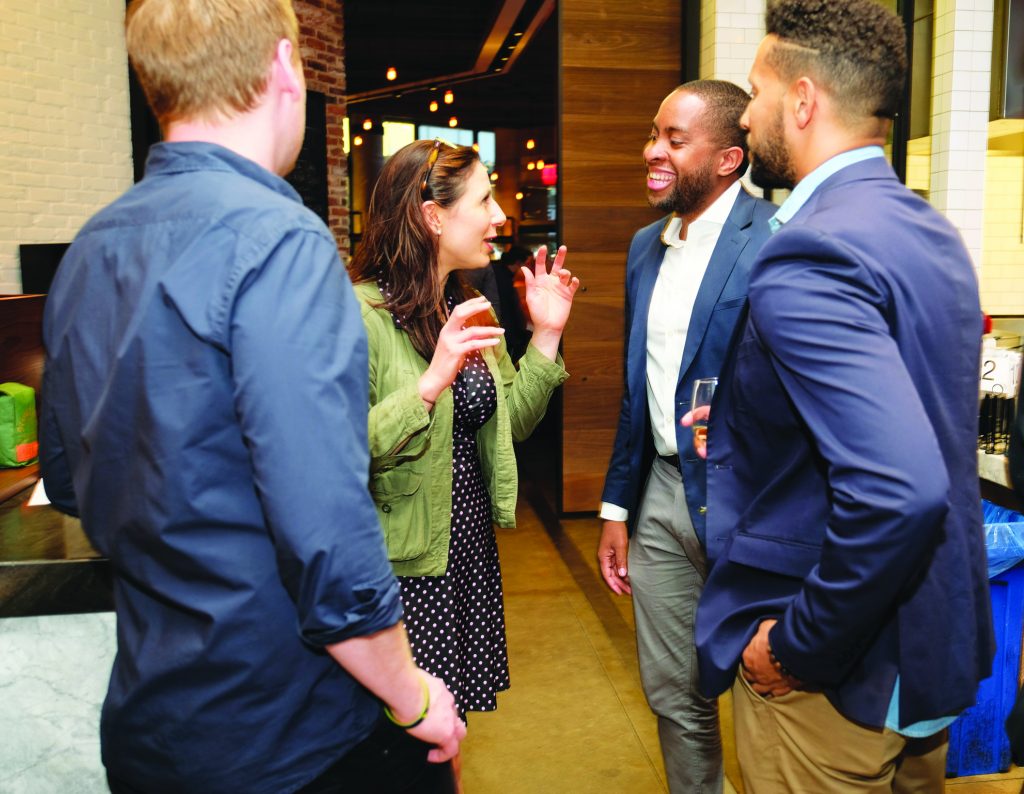
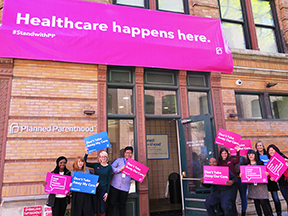 Mumah believes that the long lasting nature of the organization is a testament to the value it holds in numerous communities. “Our mission is to provide information and health care to all who need it, and to promote public policies that make those services available to all,” said Mumah. “For 100 years, we have been a resource for all New Yorkers and have empowered individuals to make independent, informed decisions about their sexual and reproductive lives.”
Mumah believes that the long lasting nature of the organization is a testament to the value it holds in numerous communities. “Our mission is to provide information and health care to all who need it, and to promote public policies that make those services available to all,” said Mumah. “For 100 years, we have been a resource for all New Yorkers and have empowered individuals to make independent, informed decisions about their sexual and reproductive lives.”